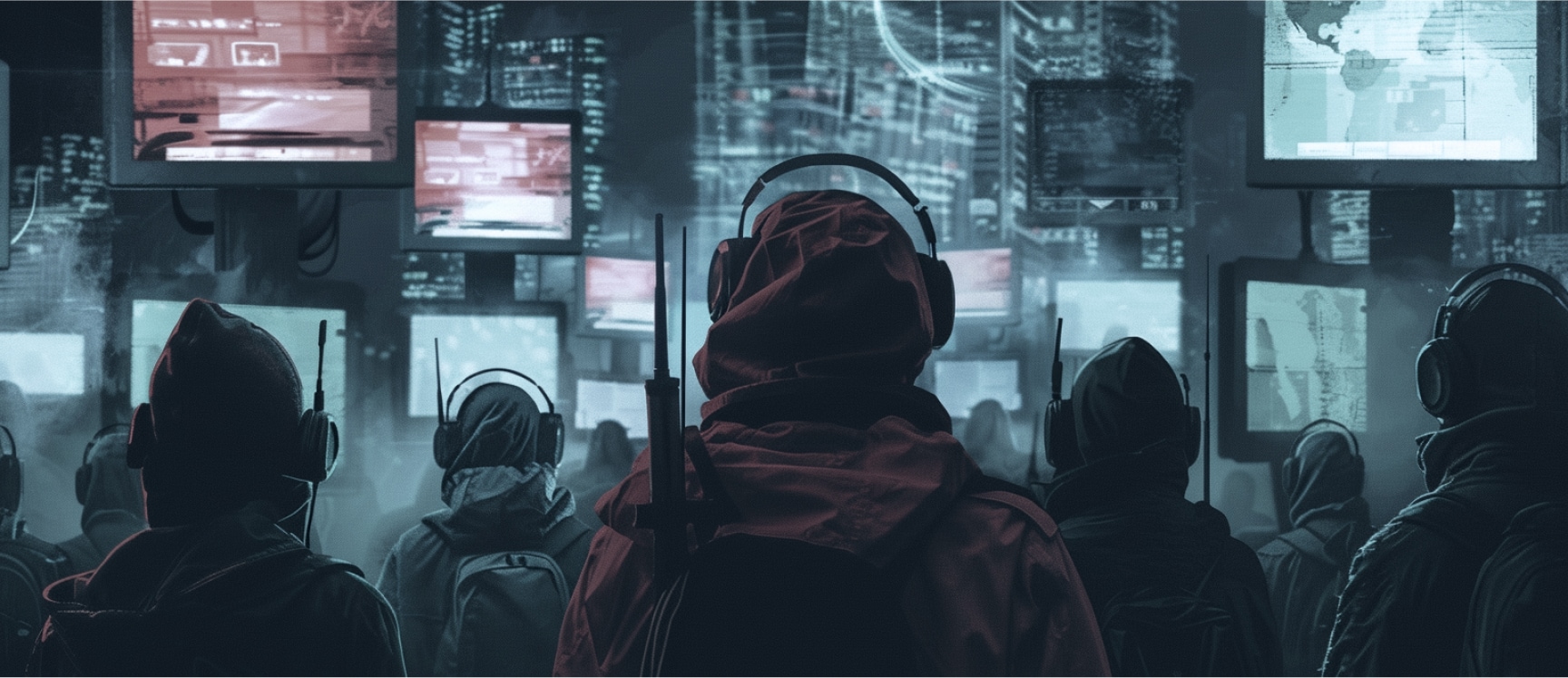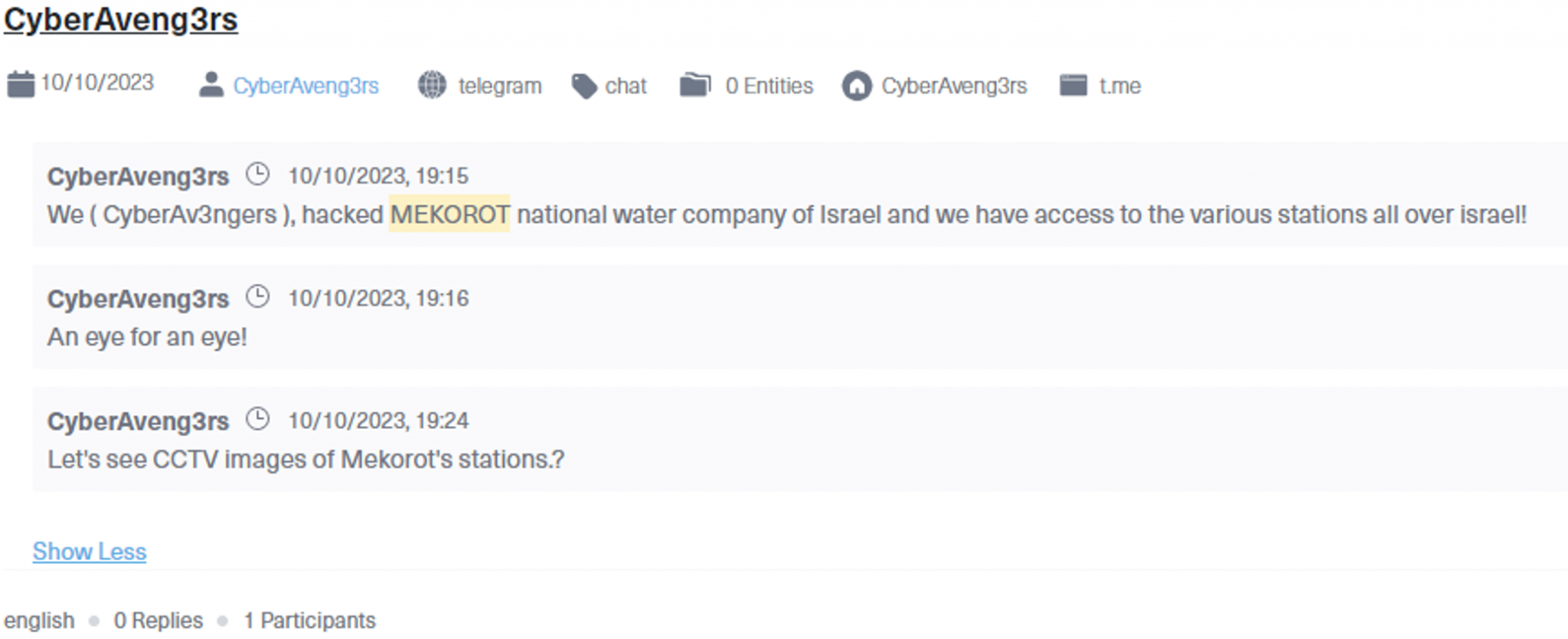How to Automate Supply Chain Risk Reports: A Guide for Developers
Do you use Python? If so, this guide will help you automate supply chain risk reports using AI Chat GPT and our News API.

Cyber warfare is a highly debated and complex topic with no universally agreed-upon definition. While many scholars, militaries, and governments typically define cyber warfare in terms of state and state-sponsored actors, others expand the definition to include non-state actors like terrorist groups, political or ideological extremist groups (AKA hacktivists), and transnational criminal organizations. In this discussion, we adopt a broader perspective, viewing cyber warfare as a cyber-attack or series of attacks targeting a country. These attacks can disrupt both governmental and civilian infrastructures, potentially causing significant damage and even loss of life.
The domain of cyber warfare involves a variety of actors with different motivations and capabilities.
We will examine the timeline of cyber attacks starting with the Hamas attack on October 7th, 2023 to illustrate various types of cyber warfare. We have identified hundreds of cyber-attacks executed by dozens of different threat actors since the attack. Using Lunar, our dark web monitoring tool, we investigated these attacks to see how deep and dark web data can influence threat prediction. This case study not only highlights the diversity of cyber warfare tactics but also provides valuable insights into the types of data we can expect to find in such conflicts.











In the first step, Uncover, we use dark web monitoring tools to discover emerging threat actors in real time.
Set alerts to notify us when an invite link for a new Telegram group appears. Upon notification, we review and access the new threat actor’s group, such as the Hunter Killers. If the new source matches our use case, we add it to our coverage for continuous monitoring. This cycle repeats as we set alerts for new channels and use their data to find additional emerging threat actors.
The second step, Identify, involved using dark web monitoring tools to profile threat actors associated with suspicious activities. For example, using Lunar, we sought to profile the hacktivist group Handala Hack, known for sabotage, hack-and-leak, and propaganda activities. While their affiliations are unclear, actor profiling helps our analysts find more ways to identify potential threat actors.


Additionally, we identified domains mentioned in their posts providing insights into potential targets.

The final step, Take Action, demonstrates how brand and organization monitoring on the dark web can be vital for detecting Indicators of Compromise (IOCs) and mitigating events. For example, we conducted a brand monitoring investigation for several Israeli companies and organizations, setting alerts for any mentions on the deep and dark web. In the following screenshot, we see that an alert was set for the domain of a specific Israeli company, which notified us whenever an employee’s credentials were leaked.

By the end of January 2024, an employee’s computer at this company was infected with the Redline info stealer malware, leading to leaked credentials, including sensitive user passwords. The data continued to leak every two days because the infection went undetected. The following screenshot shows the leak indication found using Lunar, along with the malware path and hardware ID, which are crucial for mitigation.

A month later, the Iranian hacktivist group KARMA announced they had hacked the specific company we monitored. The following screenshot from Lunar shows a post crawled from KARMA’s official site where they publish their victims. This example highlights how threat actors exploit leaked accounts to infiltrate companies. Early detection of this IOC could have helped mitigate the incident and prevent the breach.
In an increasingly unstable global landscape, where tensions between nations are rising and major events such as the US 2024 elections, the Russia-Ukraine war, and escalating conflicts in the Middle East dominate headlines, the importance of gathering and analyzing cyber threat intelligence is paramount. Dark web monitoring tools like Lunar play a crucial role in safeguarding against these threats using three major steps – uncover, identify, and take action. As we move further into 2024, leveraging such intelligence will be essential for maintaining security and resilience against the evolving cyber threat landscape.

Do you use Python? If so, this guide will help you automate supply chain risk reports using AI Chat GPT and our News API.

Use this guide to learn how to easily automate supply chain risk reports with Chat GPT and news data.

A quick guide for developers to automate mergers and acquisitions reports with Python and AI. Learn to fetch data, analyze content, and generate reports automatically.